Hong Kong Star Ferry needs rescue plan as tourism drops
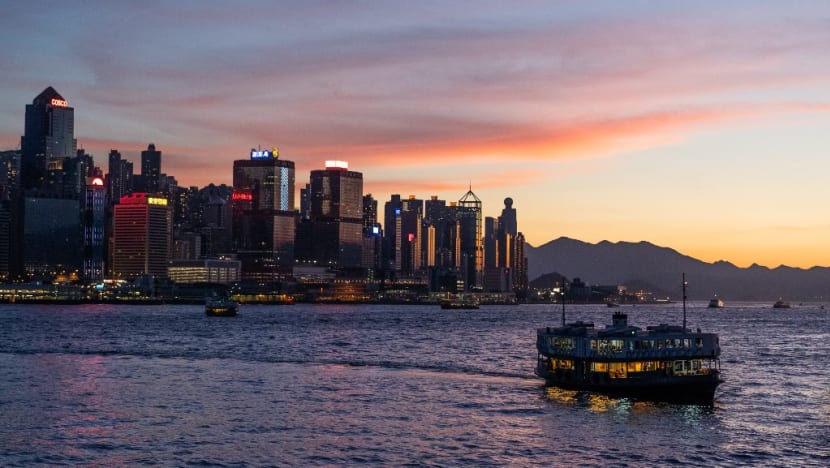
A star ferry crosses the Victoria Harbour in Hong Kong on Aug 22, 2021. (Photo: AFP/Bertha WANG)
HONG KONG: The Star Ferry, an icon of Hong Kong and arguably the world's most famous ferry ride, is in financial trouble. But in typical fashion for the city, billionaires — and shopping — could hold the key to its survival.
The 142-year-old ferry, which transports passengers across Victoria Harbour from Hong Kong island to the Kowloon mainland, is seriously indebted. The Star Ferry Company saw a loss of more than HK$70 million (US$8.9 million) since mid-2019 when mass protests erupted in the city, according to a company statement in March. Its two ferry routes recorded 1 million passengers in the first two months of the year — just 27 per cent of the level in 2019.
“At present, I don’t dare to be optimistic that the Star Ferry can survive this wave of blows,” General Manager David Chow said in the statement. The company is now relying solely on loans to get by, including to pay employees.
These operation statistics would normally suggest an imminent collapse for an ordinary company, but the Star Ferry will likely live on thanks to the backing of a billionaire family and its retail ambitions — and deep love in the city for an institution that many will be saddened to lose.
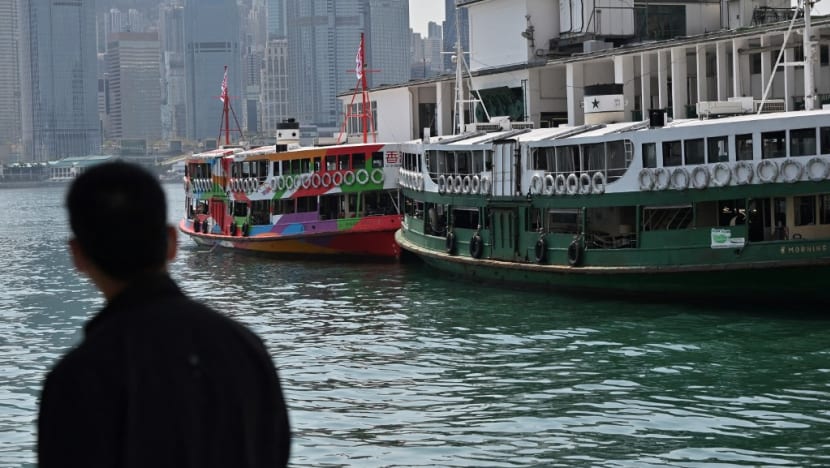
The Star Ferry Company is owned by property developer Wharf Holdings, which operates the ferry on a 15-year franchise granted by the government. Meanwhile, the Star Ferry pier in Tsim Sha Tsui, one of Hong Kong's most popular shopping destinations, is just minutes-walk away from Harbour City, the flagship mall of Wharf.
Pre-pandemic, many tourists would ride the "must-see" Star Ferry from Hong Kong island and make their way toward the shopping center that has everything from Uniqlo and Lululemon to Hermès and Chanel.
Wharf is owned by the family of Peter Woo, Hong Kong’s fifth-richest man with a net worth of US$18 billion, according to Bloomberg data. Patrick Wong, a real estate analyst with Bloomberg Intelligence, said that keeping the Star Ferry afloat is essential to the company’s retail ambitions and one that it won’t easily give up. It helps that the business is just a small part of Wharf’s overall portfolio.
The Star Ferry was started in 1880 by a Parsee entrepreneur from India who launched a ferry service across Victoria Harbour with a steamboat. It was later bought and further developed by tycoon Catchick Paul Chater, who renamed the service the Star Ferry Company. It has since occupied an important place in Hong Kong’s history and collective memory, bearing witness to several pivotal moments that helped shape the city’s identity.
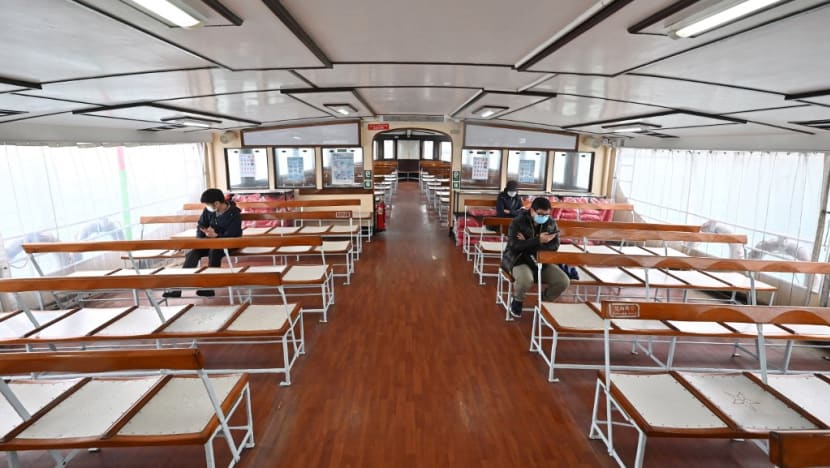
In 1966, the Star Ferry, which was the only cross-harbour form of transport at the time, raised its fare. The backlash triggered days of riots in the then British colony.
Four decades later, a government decision to demolish the pier in Central, close to the city’s main financial buildings, triggered sit-ins and hunger strikes. The movement is widely credited with sparking renewed interest in local identity and a new generation of protesters. Many continue to bemoan the site of the new pier in Central as being inconvenient for pedestrians and gaudy in its aesthetics.
The idea that the Star Ferry’s survival is dependent on a rich developer and Chanel handbags is hardly the romantic outcome befitting of such a storied institution. But Hong Kong is a city where heritage conservation is often superficial or totally sidelined in favor of development, and efforts to rescue heritage sites frequently fall onto wealthy tycoons who can monetise them.
Some examples include 1881 Heritage, a former marine police headquarters near the Star Ferry in Tsim Sha Tsui built in a Victorian style, which now contains a hotel and shops such as Van Cleef & Arpels and is owned by Hong Kong's richest man Li Ka-shing. Another tycoon, Adrian Cheng of conglomerate New World Development, recently bought the city’s oldest theater. While he plans to preserve the building, the space behind the theater will be turned into apartment towers.
The Star Ferry Company didn’t reply to a request for comment about its operation plan.
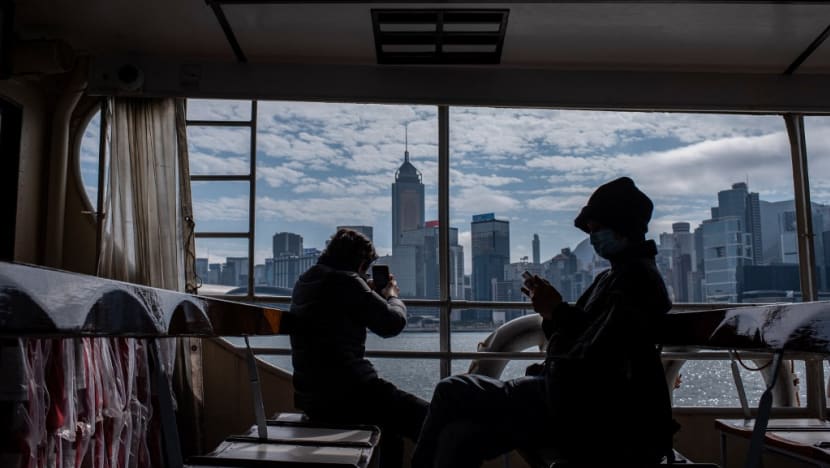
Getting more residents to take the Star Ferry is also crucial at a time when continuing COVID-19 restrictions mean that tourism in Hong Kong remains at a standstill — and looks like to stay that way for some time. Before the pandemic, almost half of its passengers were tourists.
The Star Ferry may be able to get people back onto its boats by tapping the swelling interest in local history and nostalgia wave, at a time when more Hong Kongers are embracing homegrown symbols as markets of identity amid deepening political turmoil.
Wong, the analyst, believes that the Star Ferry publicly released a statement on its financial distress in order to raise awareness of the company’s problems and stimulate demand.
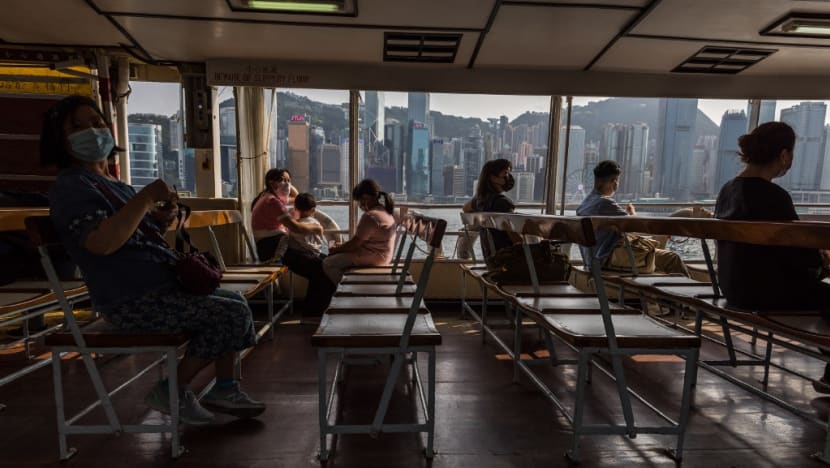
Though COVID-19 damped demand for the Star Ferry as more people stayed at home and cultural events held at arts venues near the Tsim Sha Tsui pier were put on hold, the ferry still draws commuters and residents looking for a respite from their daily lives. It’s not the most efficient way of travel compared to the city’s subway, but many still opt for the scenic eight-minute ride that costs just US$0.50, if time permits.
The Star Ferry Company’s current franchise ends in 2033 — that’s long after COVID-19 restrictions will be gone and tourists will have returned to the city. Still, its financial crisis underscores the need to diversify away from relying on tourists too much and to put loyal residents first.
“The Star Ferry has been stuck in that little hole where they just rely on tourists,” said Matthew Ng, a Canada-based photographer who has been working on a photography project about the Star Ferry. “They have not adapted to locals.”












